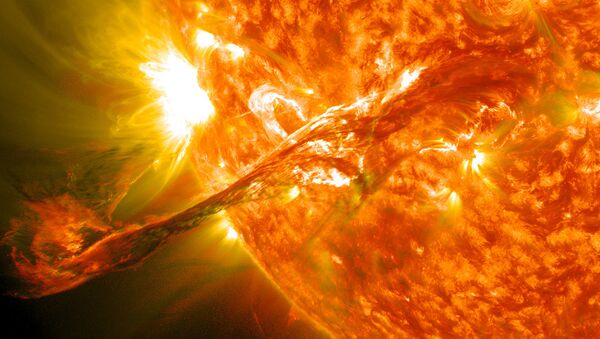NASA scientists have studied the origin of these positively and negatively charged particles pouring from the Sun's corona since the discovery of solar wind, observing that solar storms are dangerous and have damaged satellites and power transmission lines.
New research recently published in The Astrophysical Journal has for the first time described how plasma undergoes a transition as it moves beyond the surface of the Sun.
Near the Sun, solar wind is structured in distinct rays, but when solar material reaches about 20 million miles out, its form becomes less clear, and its movement more turbulent.
"Eventually, the material starts to act more like a gas, and less like magnetically structured plasma," said Craig DeForest, lead author of the study and a solar physicist at the Southwest Research Institute in Colorado.
The diffusion happen as our star's magnetic field begins to weaken relative to distance, losing control of the flow, forming the boundary that defines the edge of our Sun.
STEREO will help scientists better analyze the results of a future NASA Solar Probe Plus mission that will travel into the sun's corona to get more detailed information about the evolution of solar wind.



